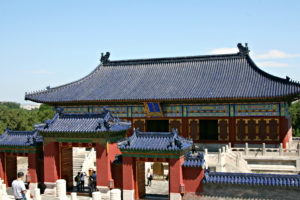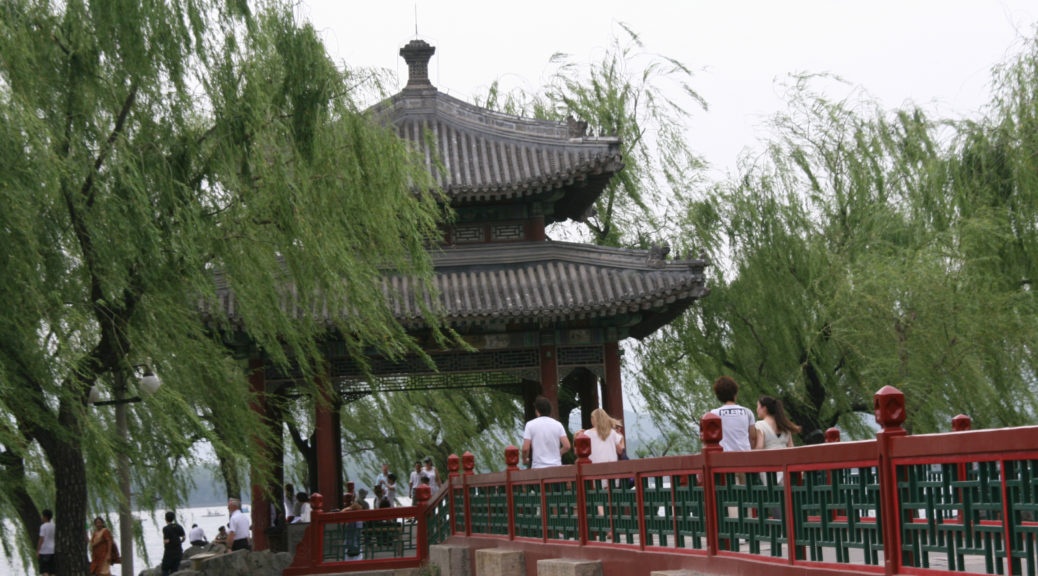
Beijing (Part Three)
This will be the last “Beijing” post and will focus on the Summer Palace and the Temple of Heaven. The Summer Palace was originally commissioned in 1749 but was damaged in two wars. It was rebuilt in 1886 at the direction of Empress Dowager Cixi. She is said to have been one of the most powerful women in Chinese history. She was widowed when she was 26 and her five-year old son was next in line to serve as emperor. Empress Cixi ruled “behind the curtain” until her death in 1909 (you might want to research her – she is a very interesting woman). But back to the Summer Palace. Empress Cixi used money designated to build up the Chinese Navy to pay for the renovation and expansion of the Summer Palace. Today, it is a UNESCO World Heritage Site. The entrance gate, or paifang, is pictured immediately below. The next two pictures below this paragraph are of the “Long Corridor.” It is a covered walkway that is about 2,100 feet long and has over 1,800 paintings. The Empress would walk the Summer Palace grounds via the Long Corridor, which provided protection from the sun and rain.
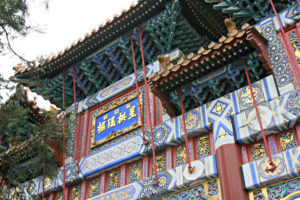
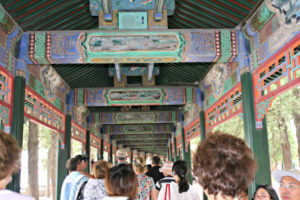
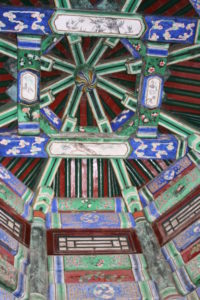
The Summer Palace has beautiful grounds and several pavilions. Today it serves as a tourist attraction and a park for the Chinese people.
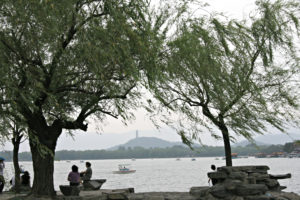
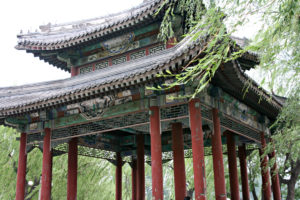
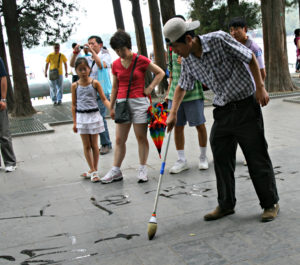
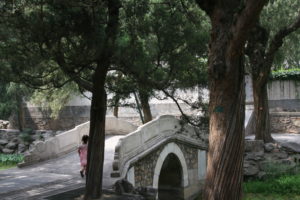
The Kunming Lake is a man-made lake at the Summer Palace. We took a boat ride on a dragon boat. One of the pavilions we saw is pictured below. Of special interest is an unusual marble boat. Originally built in 1755, it was restored in 1893 and is made of solid marble. We were told that Empress Cixi enjoyed tea from the marble boat, looking out over the lake at her gardens.
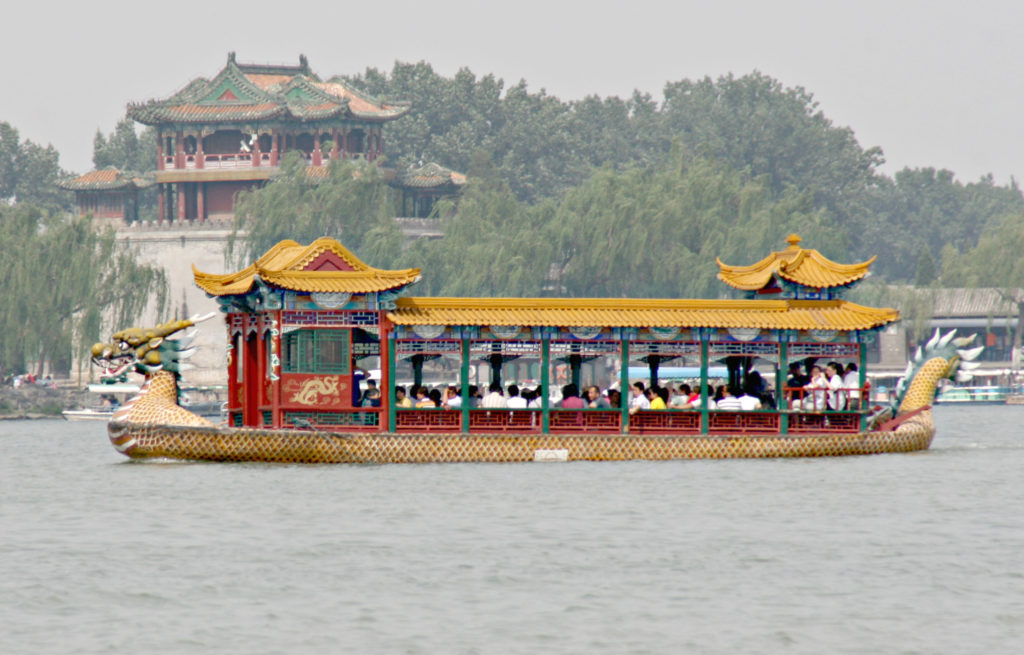
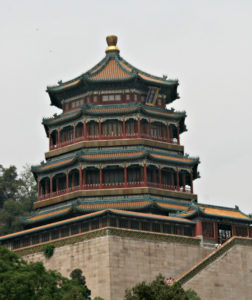
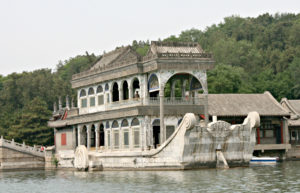
We also visited the Temple of Heaven in Beijing. Constructed during the Ming Dynasty in 1420, it has since been rebuilt and enlarged. The Temple of Heaven was a sacrificial temple. The emperor would travel from the Forbidden City twice a year to pray for a good harvest and prosperity for the empire. The Temple of Heaven consists of multiple buildings and lies within a large park. The Hall of Prayer for Good Harvest is pictured below. The Hall is a circular building which sits on a white marble platform named the Altar for Grain Prayers. The altar consists of three floors, each of which is surrounded by white marble railings. The roof’s blue tiles represent heaven. A picture of the interior is also included.



This is the Long Corridor at the Temple of Heaven. It was originally used on the eve of the sacrificial ceremony to walk offerings of silk, fruit and grains to the altars at the Hall of Prayer for Good Harvests. Today this corridor is a popular place for Beijing’s seniors to play cards, checkers and dominoes.


The final picture is of the Imperial Hall of Heaven. It is sometimes called the heavenly warehouse because it stored the stone tablet of “the god of heaven” and the tablets of the Emperor’s ancestors. The tablets were moved to the Hall of Prayer for Good Harvests for ceremonies and then returned again after the ceremonies. On the day of ceremonies, the Emperor would come here, burn incense and pay respect to his ancestors. The tablets were then transferred to the Hall of Prayer for Good Harvests for the ceremonies.
